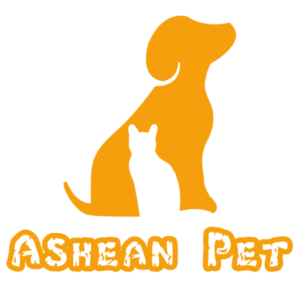
Introducing Chew Toys to Your Dog
You are reading this because of one or two reasons - you are a dog owner or you hope to have one someday. Either way, you have to know that you might experience some negative behavior with your dog, which, if we are honest, can be frustrating and too difficult to handle. Among these behaviors include destructive chewing, excessive barking, and separation anxiety. But calm down, all of these have a solution.
Introducing chew toys to your dogs’ playtime is a way to keep them occupied. Now, dogs naturally love to chew, and when you include this in their routine, it will help correct many of their behavioral problems. Chew toys help your dog with mental and physical stimulation and amusement, and this allows them to build a happier and healthier life.
Slowly introduce your dog to new chew toys one step at a time to not overwhelm them. To see if they will be interested, test them with a single toy and see how they react. When you can finally teach them how to use these toys, you can help channel their energy in the right direction and address their behavioral problems.
Factors to Consider in Choosing the Right Dog Chew Toys
1. Material:
Select the appropriate chew materials like rubber or nylon material because they are very hard to get affected by chewing. Do not buy toys made from substances that may crumble into small pieces, which may cause choking.
2. Size:
The sizes and breeds of your pup are important factors to consider when buying them toys. A pup could, by accident, swallow a toy that is too small, while a large toy could prove to be uncomfortable to your pup.
3. Texture:
Stay away from hard or sticky matter that might cause harm to the teeth of the dog, but go for items that have some degree of hardness to dislodge the films of plaque and rub the gums when the dog is chewing. Depending on the type, it can refresh oral health and breath.
4. Safety:
Ensure that no other toxic materials are used in the toy that may harm your dog when they try to play with it. Sometimes it is advisable to check the toys to see if they are still safe for the young ones to use before discarding them, as they may be a death trap.
5. Purpose:
It is also important here to consider the preference of your dog and his or her chewing cycles when buying the toy.
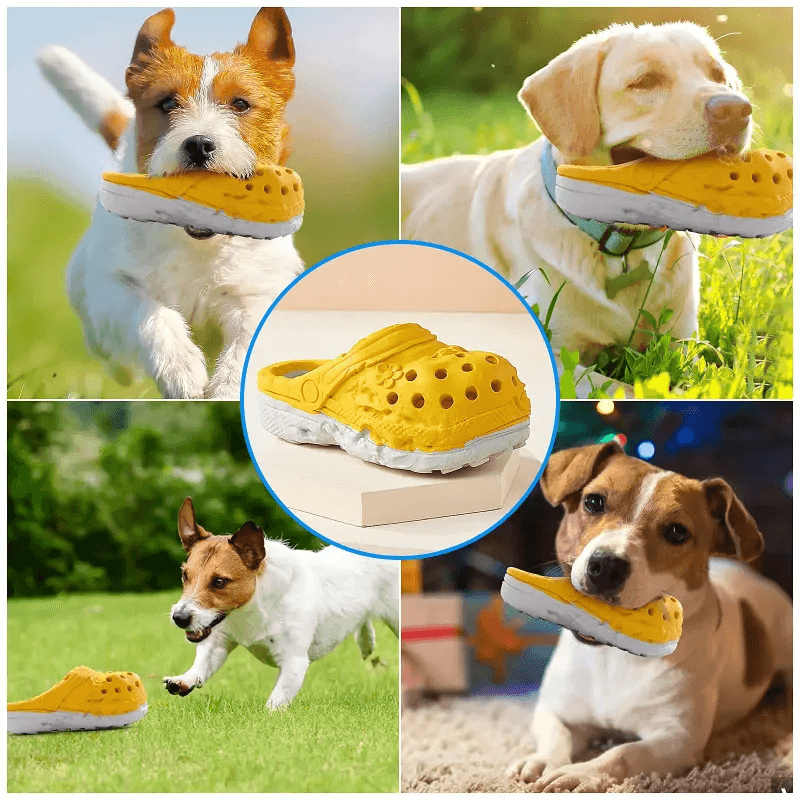
Common Behavioral Issues in Dogs and How to Manage Them
1. Excessive Barking
Dogs bark purposely to convey something the other cannot say, but this could lead to a nuisance when overdone. It can be instigated by factors such as; for example, the dog may be bored, anxious, territorial, or just wanting the owner to pay attention to it.
Management:
- Identify the Cause: Ensure you understand the cause of the barking to tackle the root cause of the issue.
- Training: Commands for your pet should include words such as “quiet” and it should always receive a reward for listening.
- Exercise: Make sure your dog receives an appropriate amount of exercise as well as managed stimulation.
- Desensitization: To counter-condition your dog, expose your dog gradually, but sufficiently to the trigger.
2. Chewing
From birth, dogs are inclined to deal with objects by mouth, whether it is to feel the texture to relieve discomfort caused by new teeth emerging or to have some sort of entertainment as the separation from the litter or mother in the case of puppies or as the daily routine in the case of adult dogs.
Management:
- Provide Chew Toys: Replace this need by offering appropriate chew toys.
- Dog-proof Your Home: Do not circulate items with value or to conserve on theft.
- Training: In this case, it is recommended that a positive reinforcement method be used to express to the child which items are permissible to chew.
- Exercise: The other technique that should be adopted is to ensure that the dog is physically engaged in some activity, as this would help in cases where the dog becomes bored.
3. Digging
Dogs have a lot of reasons to dig, and it could be to find a nice place to relax just out of boredom or to hunt for tiny rodents.
Management:
- Designated Digging Area: Teach your dog to dig within a particular yard area.
- Exercise: Pay attention to your dog's physical and play needs.
- Supervision: Take your dog outside in an enclosed area and correct its actions as often as necessary.
4. Separation Anxiety
Some dogs get uneasy when they are being left alone for a certain period, and this is due to separation anxiety. And sometimes, because of this, they exhibit certain destructive behaviors.
Management:
- Gradual Departures: Gradually build up the time you spend with your pet to allow the dog to acclimate to the situation.
- Comfort Items: You should remove items that your dog is familiar with but always leave familiar objects like a piece of cloth for the dog's comfort.
- Professional Help: In severe cases, it is wise to consult your vet, or a professional trainer if you are unable to handle the dog’s behavior.
5. Aggression
It also can be performed toward other animals, particularly more of the same breed, and people; the reasons for this are fear, defense of territory or domain, or assertive vanity.
Management:
- Consult a Professional: Consult with a professional trainer or a behaviorist to remedy this issue’s source.
- Training: Use encouragement, and reward-based training and continuously incorporate positivity in the process.
- Medical Check-up: This eliminates the possibility that any illnesses or other medical conditions are the roots of aggression.
6. Jumping Up
Pups may knock over items to play, make a sudden jump to play or stretch to some extent to get what they want but this is a prohibited motion.
Management:
- Ignore the Behavior: Do not feed your dog treats when he starts to jump on you or anyone else.
- Teach Alternatives: It is recommended that you teach your dog how to sit or even stand during the process of meeting and greeting people.
- Consistent Reinforcement: All the people who will be coming into contact with your dog should do so under these basic guidelines.
7. Pulling on the Leash
A dog pulls on the leash due to excitement to get to another area of the house or to meet another housemate.
Management:
- Proper Equipment: A no-pull harness can also be used in the training process to counteract the problem of pulling.
- Training: There are lots of ways to loose-leash train your dog, but all of them involve using positive reinforcement.
- Consistency: It becomes quite important that you practice with your dog frequently to ensure you are getting the right leash manners.
8. House Soiling
All these signs show that it is normal for a dog to engage in house soiling depending on the cause which can be, inadequate training, medical complaints, or anxiety.
Management:
- Regular Potty Breaks: You should always ensure that your dog gets to go outside often, mostly when they have consumed a meal, or after they have had their nap.
- Positive Reinforcement: Notably, reward your dog soon after you find him/her running outside.
- Clean Accidents Thoroughly: Afterwards, utilize enzymatic cleaners to get rid of their smell and avoid repeating the mishap.
- Vet Check: First, eliminate any medical causes of the problem to reduce the number of scenarios that need to be considered as causes.
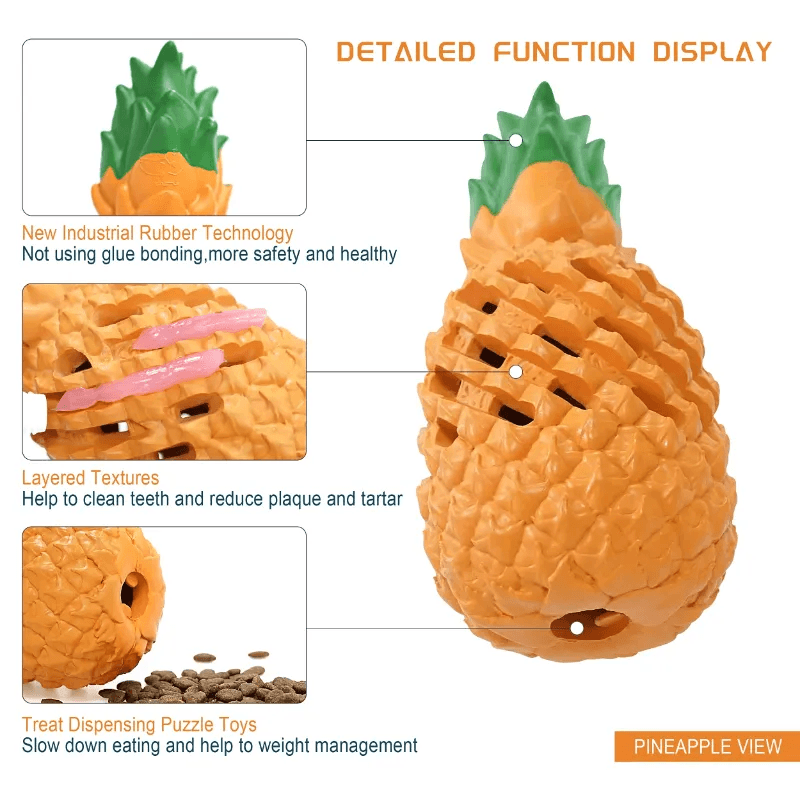
Chew Toys as a Means to Solve Common Behavioral Problems in Dogs
1. Reducing Destructive Chewing
Biting and chewing are important qualities of dogs and since puppies and young dogs have normal behavior that involves biting and chewing, things that come in their way become a target for their bite. Mr. G, for example, got into the habit of chewing his blankets; giving him toys that he can chew on fulfills this drive and channels it in the right manner. Not only does this maintain the integrity of household items but also it makes the dog safe.
2. Alleviating Boredom
It’s important not to forget that dogs also can get bored, particularly when they stay alone for many hours. Lack of stimulation may cause the dog to cause havoc and cure at the neighbor’s fence with barking. With chew toys, dogs are kept busy, preventing unnecessary, destructive behavior that causes boredom.
3. Reducing Anxiety and Stress
Dogs always find comfort in chewing, which makes it helpful in reducing anxiety and stress. This is particularly beneficial to dogs with social anxiety, like a dog that suffers from anxiety when left alone around loud noises or during thunderstorms. It shows that toys that are meant to be chewed have a way of calming the child down.
4. Promoting Dental Health
Chewing on appropriate toys can assist in the dental control of a dog by removing the plaques and tartar from its teeth. Proper dental hygiene plays a vital role in improving the health standards of dogs and decreasing the chances of dental disorders which also hamper their comfort level and some behavioral issues.
5. Providing a Positive Outlet for Energy
Working breed dogs can be hyper and require some sort of constructive channel to release their energy. Some of the chewing toys serve to tire out the animal, thus preventing instances of excessive jumping or running around. This is particularly important in working breeds or for young puppies who have a lot of energy to expend.
6. Encouraging Positive Play
The pet toys are useful in entertaining the dog and can be thrown and retrieved or pulled in the form of a game between the dog and the owner. This can go a long way in helping to build a bond with the child and also to modify behavior using appropriate means.
7. Teething Relief for Puppies
Puppies have a teething stage in which their gums are sore and may scratch objects or their body. Suitable and safe toys for chewing will be provided in the process of teething to avoid cases where the puppies chew on objects that can be dangerous.
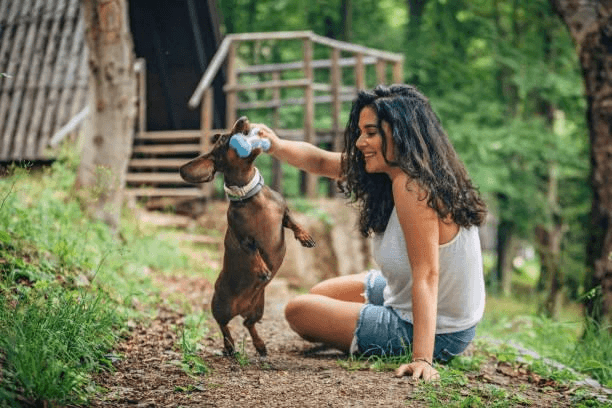
Tips for Introducing Chew Toys to Your Dog
1. Choose the Right Toy: The first thing you want to do is make sure you choose the right chew toy for your pup. Now, this will be based on their sizes, ages, chewing preferences, and habits.
Tips:
- Size: Buy a toy good for the size of your dog to avoid choking hazards.
- Durability: Some dogs need toys that are tough with durability.
- Safety: Consider the safety of your pup, you don’t want a choking incident.
2. Introduce Slowly: Help your dogs get familiar with their toys, one step at a time. Don’t rush them or get them overwhelmed.
Tips:
- Play Together: Play with your pup using the toy to show them it’s fun.
- Short Sessions: Then add short play sessions while you gradually increase the duration.
- Positive Reinforcement: Give your dogs treats at intervals during playtime.
3. Use Scent and Flavor: Dogs are easily attracted to toys that have a good scent or nice flavor.
Tips:
- Treat-Stuffed Toys: Using treat-stuffed chew toys is another way to get your dog engaged.
- Scent Rubbing: RUbbing your dog’s toy with their food is another way to pique their interest.
4. Rotate Toys: Changing toys used for this training helps keep your dogs interested and saves them from boredom.
Tips:
- Toy Box: Keep various toys and rotate them every few days.
- Introduce One at a Time: Don’t give all the toys at once; introduce them individually to maintain novelty.
- Observe Preferences: Note which toys your dog enjoys the most and keep those in regular rotation.
5. Supervise Initially: Supervision ensures safety and helps you understand how your dog interacts with the toy.
Tips:
- Monitor Chewing: Watch how your dog chews to ensure they aren’t breaking pieces off.
- Safe Play Area: Allow your dog to play with the toy in a safe, controlled area.
6. Teach Commands: Use commands to train your dogs, this will help them understand when and how to use the chew toys.
Commands like:
- Fetch: Train your pup to understand that “Fetch” means to go get their toys and bring them to you.
- Drop It: When you tell your dog “Drop it”, they have to understand that it’s time to drop their toys or whatever they were chewing.
- Leave It: Teach them that “Leave it” is a command to stop chewing items that aren’t their toys.
7. Match Chew Toys to Chewing Stages: Different stages of your dog’s life require different chew toys.
Tips:
- Puppy Teething: For teething puppies, choose soft and flexible toys.
- Adult Dogs: Durable, harder toys can withstand stronger adult jaws.
- Senior Dogs: Softer, gentle toys are better for older dogs with sensitive teeth and gums.
Matching Chew Toys to Behaviors
Toys for Aggressive Chewers
Dogs that are aggressive chewers need tough toys that can stand their strong jaws and prevent pieces of them from breaking off and becoming a choking hazard for them. Here are some ideal choices for them:
Types of toys for aggressive chewers
● Heavy-duty rubber toys
● Nylon bones
● Rope toys
● Hard rubber balls
Toys for Anxious Dogs
Some dogs are usually anxious, and they need comfort, distraction, and constant mental stimulation to help with their anxiety.
Types of toys for anxious dogs
● Treat-dispensing toys
● Interactive puzzle toys
● Comfort toys
Toys for Teething Puppies
When puppies are teething, they need soft toys that would be gentle on their gums. Soft but with good durability to stand their steady chewing.
Types of Toys for Teething Puppies
● Soft rubber teething toys
● Freezable toys
● Plush teething toys
● Chew rings.
Conclusion
When you have the right chew toys and just a little planning, you can tackle your dog's destructive chewing and keep your dog happy. You know, a tired pup is also a good pup, and one way to achieve this is just a combination of chew toys and exercises, the winning combination. The blissful sight of watching your dog chew away at a toy designed for them is very heartwarming.
Save your furniture and shoes from getting chewed. Browse through our collection of toys and pick one or two nice chew toys for your furry friend. You will find them in different textures and shapes. The perfect chew toy for your pup is waiting. Buy it now and get ready for a new version of your pup.
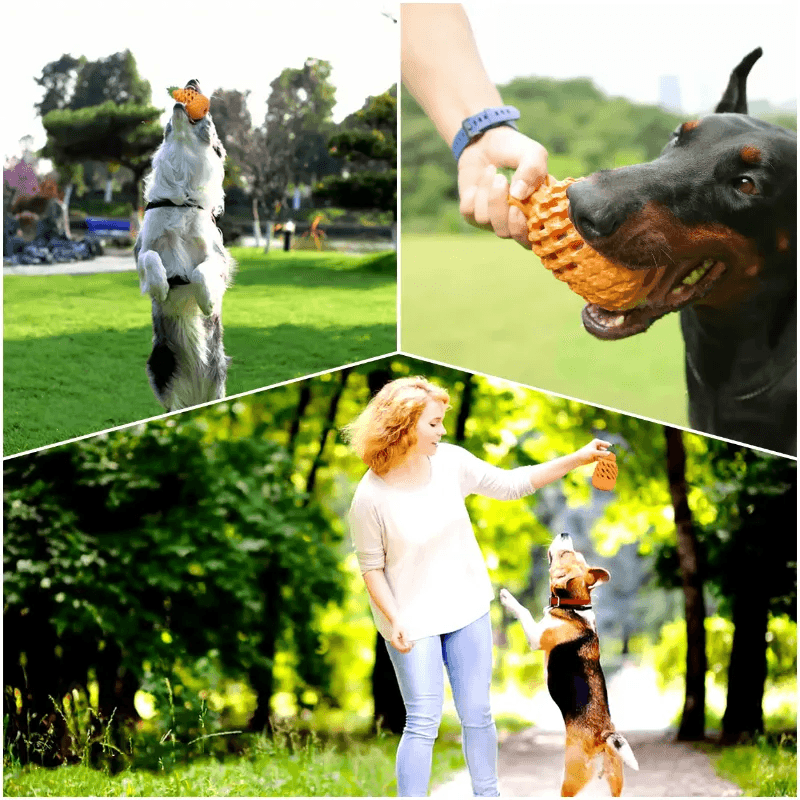
FAQs
1. Can chew toys replace other forms of exercise and mental stimulation?
Chew toys don’t just help with mental and physical stimulation. Still, they also complement other forms of exercises, like walking and training sessions, to keep your pups engaged.
2. Are there specific chew toys for senior dogs?
For older(senior) dogs with sensitive teeth and gums, softer chew toys are very much okay. It provides them with a safe and enjoyable chewing experience.
3. Can chew toys help with leash pulling during walks?
Although chew toys may not directly address leash pulling, giving your furry friend mental stimulation. In contrast, chewing can lower their energy levels and possibly improve the result of leash training.
